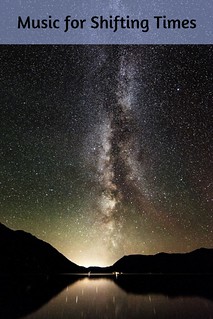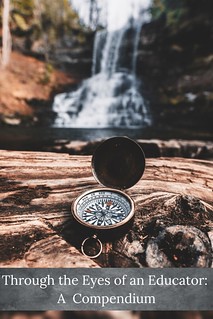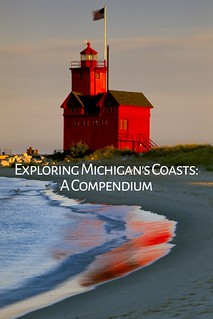Three Essential Tips for the Best Antarctic Expedition Ever!
For most people, the thought of setting foot on Antarctica feels like a distant dream ~ an experience reserved for only scientists and extreme adventurers. Yet since Lars-Eric Lindblad built the first expedition cruise ship in 1969, Antarctic tourism has grown so much that the 2009-2010 season saw a whopping 38,000 travellers visit the Great White Continent. Despite these growing numbers, a trip to Antarctica is still a significant endeavor – and for most it remains a once-in-a-lifetime extraordinary opportunity. Not only must you make your way to the remote southernmost tip of South America to board an expedition ship, but you also need to survive the infamous crossing of the Drake Passage – a hauntingly beautiful and often tumultuous experience. So what are some of the key things you need to think about when planning your incredible Antarctic expedition?

1) Choose your time of year – the Antarctic season falls between the months of November and March, and things change a lot between these months. November is when Antarctica is at its most pristine as it hasn’t yet been traversed by shiploads of other adventurers. November to early December is penguin mating season, which can be quite entertaining as they are also busy building nests and stealing rocks from one another to do so. In December/January, the days become longer, creating amazing conditions for photographic opportunities, and this is also the warmest time of year in Antarctica. January is a great month to see penguins with their chicks together in their nest, and more species of whales start to make their appearance. February to March is famous for the most incredible sunrises & sunsets you'll ever see, as well as increasing whale & leopard seal sightings. This is also the time when the penguins' chicks have grown into hungry juveniles and can sometimes be seen being hunted down by leopard seals as they enter the underwater world for the first time. By March, the days are becoming colder and shorter, but the truth is that every month is special in Antarctica because the wildlife, the ice, and the weather are constantly changing, revealing Nature’s full splendor.

travelers looking down at the glacier at Neko Harbour
2) Research the ship + extras – not all expedition ships are alike - they vary in size, comfort, and overall quality. Some expedition companies offer more "extras" onboard included in the price as added value, some are more stable than others (which is important if you're prone to sea sickness as the Drake passage is one of the most volatile crossings on Earth), and there are varying degrees of modernity, as many ships are former research vessels that have been retrofitted for cruise passengers. Some ships have musicians on board, others have yoga teachers on certain departures, some have gyms or saunas, some have mudrooms, and some even offer Wi-Fi. Some departures offer camping, kayaking, and even scuba diving for an extra fee. Important to note is that cruise ships carrying over 500 passengers are prohibited from taking anyone ashore, so if your dream Antarctica expedition involves getting off the ship and exploring, keep this in mind. Your booking agent should be able to answer these detailed questions, and if they are unsure, definitely find an agent who can.
3) Take advantage of the people – (No, not that way!) But seriously, one of the best ways to get supreme value out of your trip is spend as much time as you can chatting with the crew. The expedition staff on each ship are extremely knowledgeable, many of them having been on dozens of polar expeditions, if not more. If the bridge is open for visits, hang out with the Captain and his officers as often as possible. They have a wealth of sea-faring knowledge and they are usually more than happy to share their stories when not busy navigating. Furthermore, chat with your dining room servers, your bartender, and all other hospitality staff. The majority of them tend to hail from the Philippines or the Russian Federation and work most of the year on the expedition ships, with short term leave in the shoulder seasons to go home and see their families. They are always happy to chat, and also an incredible wealth of knowledge about expedition life.
While it’s tempting to simply look for the best deal you can find on a trip of this magnitude, choosing an excellent vessel and a super expedition team, followed by the ideal itinerary for your needs is a combination that will ultimately dictate the success of your Antarctic expedition. Bon voyage, and remember to send pictures!
For more info on Antarctic or Arctic expeditions, please visit www.antarcticatravels.com, follow us on Twitter @antarctravels or find us on Facebook.

Writer Bio:
Heather Thorkelson has been an adventurer for as long as anyone can remember, having visited 18 countries by the time she was 18, lived in 5 different ones by the time she was 23, and had reached all seven continents by 32. She is an avid outdoors-person, devoted mom to a Portuguese water dog, and lives with her partner Sean in Toronto when they are not out traipsing the far reaches of the globe. She moonlights as Antarctica Travels’ Social Media Ninja.
She can be reached at heather @ antarcticatravels.com
-

- Log in to post comments




















